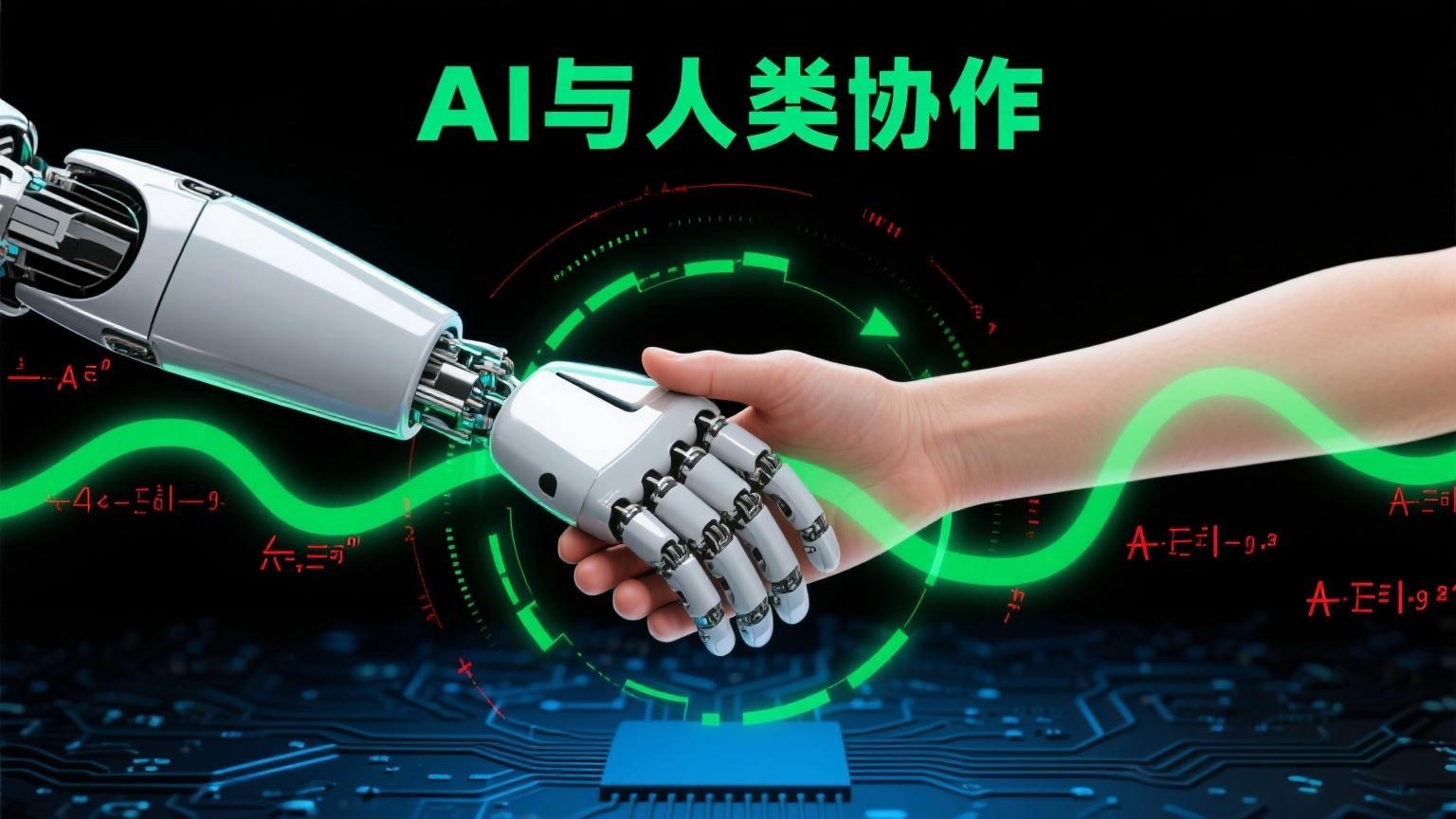
Domestic Large Models Continue to Evolve
In recent years, large models represented by ChatGPT and Sora have led a new wave in the global AI industry. Currently, the gap between domestic large models and their overseas counterparts has significantly narrowed, with some manufacturers' vertical large models in specific fields reaching the same level as overseas models.
Additionally, general-purpose large models such as Baidu's ERNIE, Alibaba's Tongyi, and the "Scholar" model developed by the Shanghai AI Lab have all made appearances. As these domestic large models continue to iterate, their ecosystems are becoming increasingly robust.
Moreover, since the concept of embodied AI was introduced last year, global tech giants like NVIDIA, Google, and OpenAI have ramped up R&D investments in robotics. Meanwhile, China has rolled out supportive policies, and industry investment and financing have shown an upward trend, bringing the goal of embodied AI into households closer to reality.
With the commercialization of humanoid robots underway globally, they are expected to deeply integrate with sectors like services and manufacturing, potentially accelerating the release of market potential.
Investment Opportunities in the AI Industry Chain
The AI industry chain involves multiple segments. The upstream focuses on computing power, providing the infrastructure needed for large model training and AI application development. The midstream revolves around models, encompassing algorithms and technologies that enable AI to perceive, analyze, decide, and interact. The downstream is the application layer, where various technologies are deployed across diverse scenarios, offering vast market potential.
From an industry perspective, the CSI AI Theme Index targets leaders across the AI industry chain, covering electronics and communications in computing power, as well as computers, media, and automotive in large models and applications. The SZSE Robot Industry Index focuses on robotics—the hardware application of AI—including AI model suppliers, component manufacturers, and end-product producers, with machinery manufacturing accounting for over half.
Currently, products like the AI ETF (159819) and Robot 100 ETF (159530) track these indices. Investors should carefully assess their risk tolerance based on investment goals, horizon, experience, and financial situation, and make informed decisions after understanding the indices' fundamentals and valuations.
















